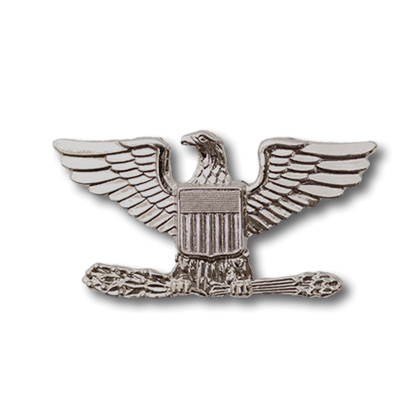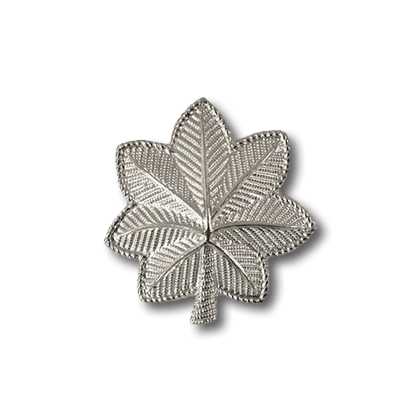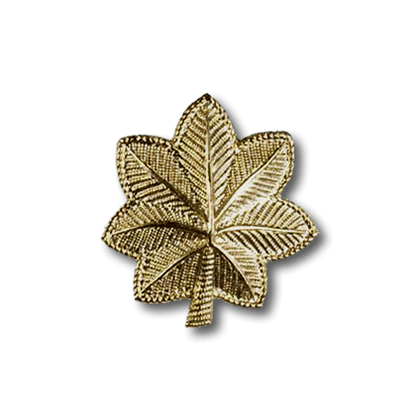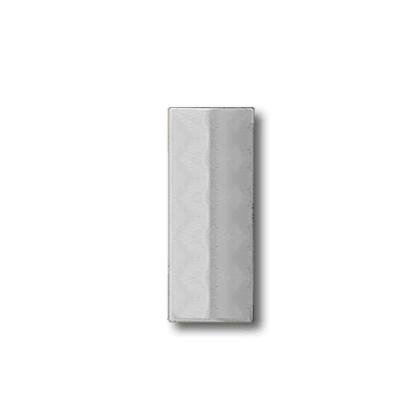-
Colonel
 O6 | COL
O6 | COLDescription
The Colonel has one job only, to Command the Brigade. His is the final word on all things. His responsibility is all encompassing and all consuming. In short, he signs the checks.
Prerequisites
1. Appointed as Brigade Commander.
-
Lieutenant Colonel
 O5 | LTC
O5 | LTCDescription
The primary function of Lieutenant Colonels is to serve as commanders of battalion-sized elements. Although, they can also serve as staff officers at the brigade level or above, aiding in the planning, resourcing, and functioning of units.
Lieutenant Colonels generally serve as commanders of battalions and are the final authority on everything that occurs in that battalion, recognized as responsible for everything the battalion does or fails to do.
Prerequisites
1. Six (6) months TIG as O-4 Major
2. Appointed as Brigade Executive Officer or Battalion Commander
3. Personally promoted by the Commanding Officer of the Regiment
-
Major
 O4 | MAJ
O4 | MAJDescription
The Major is a Field Grade officer, one who is proven at all levels and can now be trusted with responsibilities that span the whole Regiment. The Major can serve as the Battalion Commander, Battalion Executive Officer, Brigade Staff Officer, or even Brigade Executive Officer. All eyes are on the Major, for he assists the leadership of the Division in all areas.
Prerequisites
1) Demonstrated excellence as a Commissioned Officer in all areas
2) Personally promoted by the Commanding Officer of the Regiment
-
Captain
 O3 | CPT
O3 | CPTDescription
To be promoted to Captain is to be the standard of excellence as a Company Commander and an Officer. The Captain enjoys universal respect from his Soldiers and fellow Officers and has made the Division a better place because his Company has been made ever stronger
Prerequisites
1) Demonstrated excellence as a Company Commander
2) Trusted member of Command Staff
3) Approval of the Commanding Officer of the Regiment -
First Lieutenant
 O2 | 1LT
O2 | 1LTDescription
The First Lieutenant has proven him/herself as a competent Platoon Leader and a trusted part of Command Staff. He has earned the confidence of his Soldiers and continues to improve his Platoon, Company and the Division as a whole.Prerequisites
1) Demonstrated excellence as a Platoon Leader or Aviation Detachment Commander, including Prerequisites of all ranks below E-7
2) Three (3) months to Six (6) months TIG at O-1 Second Lieutenant
3) Approval of the Commanding Officer of the Regiment -
Second Lieutenant
 O1 | 2LT
O1 | 2LTDescription
As the PV2 is the junior Soldiers and the CPL is the junior NCO, the Second Lieutenant is a junior Commissioned Officer, learning what it means to no longer wear stripes. Second Lieutenants are freshly minted Platoon Leaders, and do well to take heed the advice of the First Sergeant and also their Platoon Sergeant. They also have a seat at the table of Command Staff, but also do well to listen more than speak.
Prerequisites
1) Demonstrated excellence as a Soldier, NCO or Senior NCO, including Prerequisites of all ranks below E-7
2) Selection for OCS or Field Commission Board and successful passing
3) Approval of the Commanding Officer of the Regiment
-
Officer Candidate
 E5 | OCS
E5 | OCSDescription
Candidate School (OCS) is the U.S. Army's main training academy for prospective Army Officers. The school is generally open to qualified enlisted non-commissioned officers. Candidates who successfully complete the rigorous, 1 to 3 months school receive formal commissions as U.S. Army Officers and assume the ability to command Soldiers.
Prerequisites
1) Selected for Officer Candidate School (must be E-5 or higher for selection). -
Chief Warrant Officer 5
 W5 | CW5
W5 | CW5Description
Master-level technical and tactical experts that support brigade, division, corps, echelons above corps, and major command operations. They provide leader development, mentorship, advice, and counsel to WOs and branch officers. CW5s have special WO leadership and representation responsibilities within their respective commands.
Prerequisites
- Six (6) Months TIG as W-4 Chief Warrant Officer 4
- Selected as Detachment Commander or Detachment Command Chief Warrant Officer
- Approval from Battalion Leadership
-
Chief Warrant Officer 4
 W4 | CW4
W4 | CW4Description
Senior-level experts in their chosen field. They primarily support battalion, brigade, division, corps, and echelons above corps operations. CW4s typically have special mentorship responsibilities for other WOs and provide essential advice to commanders on WO issues.
Prerequisites
- Six (6) Months TIG as W-3 Chief Warrant Officer 3
- Selected as Detachment Command Chief Warrant Officer, Section Commander or Specialist Billet
- Successfully graduated from Warrant Officer Advanced Course (WOAC)
- Consistently delivers outstanding contributions to Flight and DMOS activities.
- A written recommendation from the Soldier’s 1st line leader
- A 1000 word essay on why the Soldier should be promoted to the next grade and what can the Soldier bring to better 3CAD as a whole
- Maintain an up to date personnel file uniform
- Approval from Company Leadership
-
Chief Warrant Officer 3
 W3 | CW3
W3 | CW3Description
Advanced-level experts who perform the primary duties that of a technical and tactical leader. They provide direction, guidance, resources, assistance, and supervision necessary for subordinates to perform their duties. CW3s primarily support operations levels from team or detachment through brigade.
Prerequisites
- Six (6) Months TIG as W-2 Chief Warrant Officer 2
- Selected as Detachment Command Chief Warrant Officer, Section Commander, Flight Leader or Specialist Billet
- Successfully graduated from Warrant Officer Basic Course (WOBC)
- Contributes greatly in Flight and DMOS activities
- A written recommendation from the Soldier’s 1st line leader
- A 750 word essay on why the Soldier should be promoted to the next grade and what can the Soldier bring to better 3CAD as a whole
- Maintain an up to date personnel file uniform
- Approval from Company Leadership
